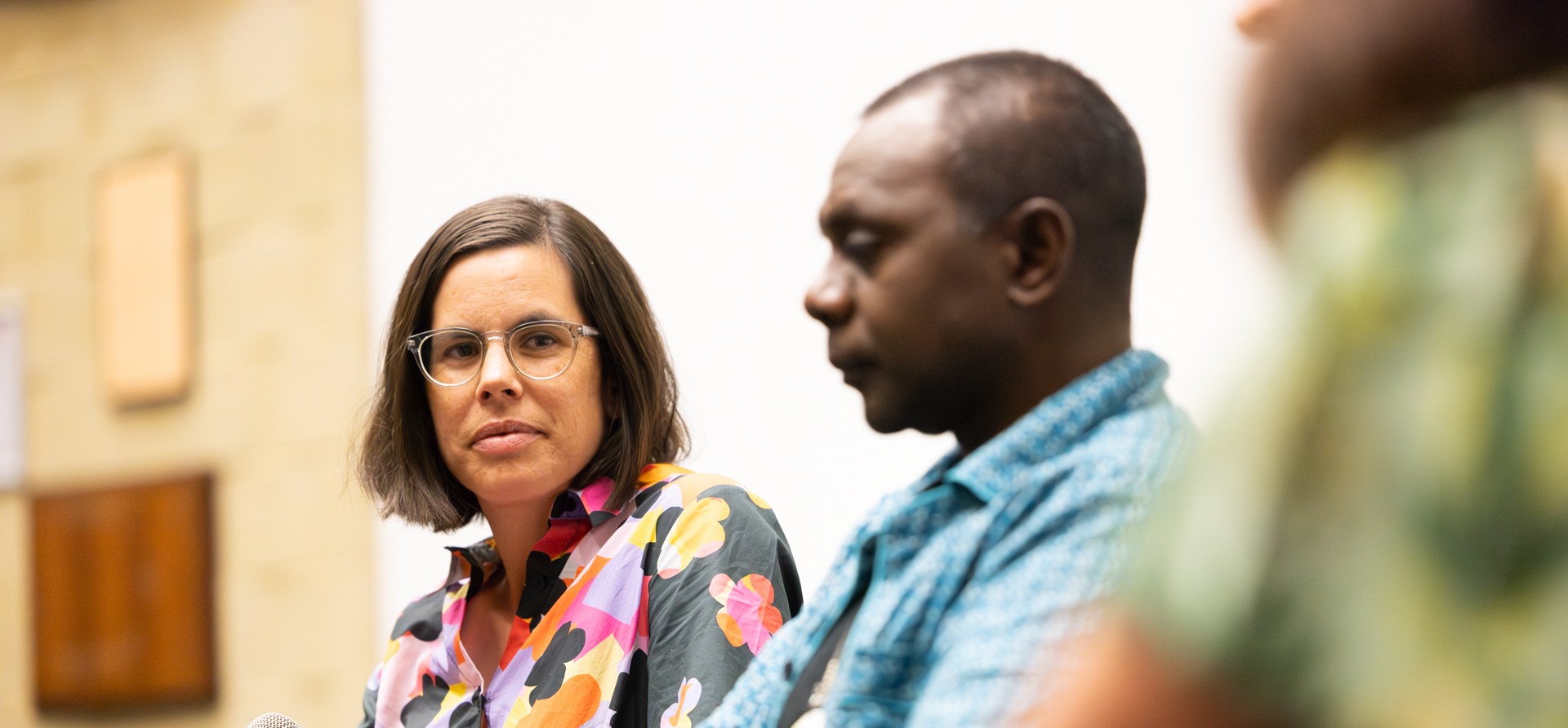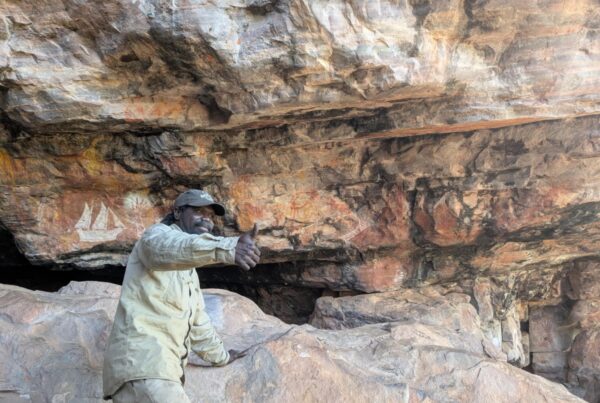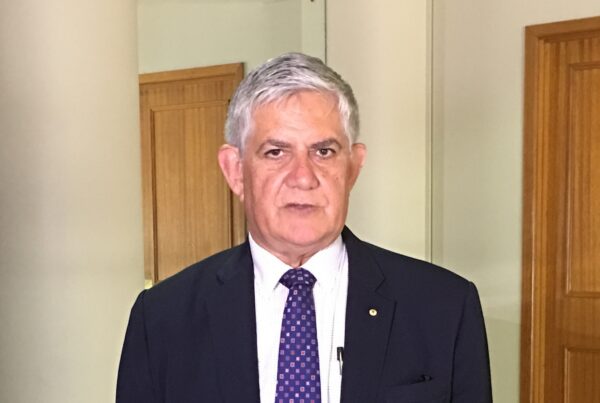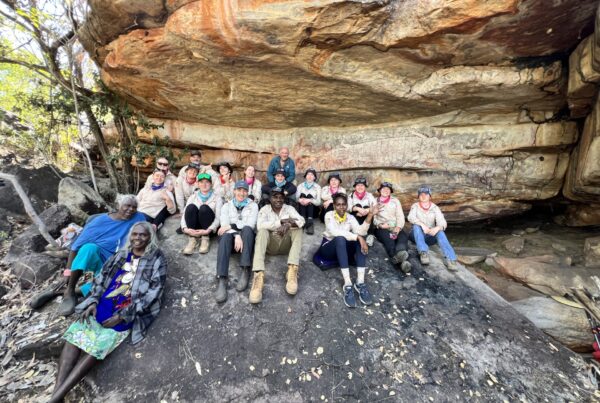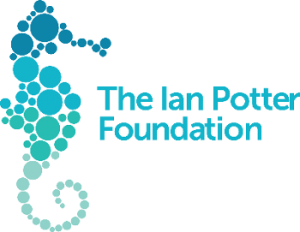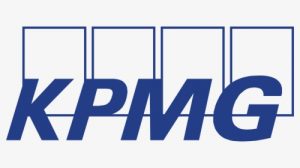Dr Sam Harper on Kimberley Rock Art, Collaboration, and the Next Generation of Researchers
Dr Sam Harper is an archaeologist and rock art specialist with over 15 years of experience in archaeology and heritage management. Based at the Centre for Rock Art Research + Management at UWA, she holds the Rock Art Australia Kimberley Research Fellowship, established through Rock Art Australia’s partnership with The University of Western Australia to advance research and training in Kimberley rock art.
As RAA Research Fellow, Sam leads interdisciplinary research in the Kimberley exploring how rock art reflects environmental change, cultural continuity, and biodiversity through time.
In a conversation with Rock Art Australia, Sam shares her vision for the Rock Art Australia Kimberley Research Fellowship, reflecting on her enduring connection with Rock Art Australia and how collaboration, mentorship, and community partnerships are helping uncover Australia’s deep human history.
RAA: As the Rock Art Australia Research Fellow at UWA, what are your main objectives, and what do you anticipate might be some of the highlights of your research?
Sam: I am excited and grateful for the opportunity to build a research program and strengthen community collaborations over the next five years. I will focus on collaborative two-way research, conservation, and management.
I hope to deliver a phase-two research program with Balanggarra that builds upon the legacy of the Kimberley Visions project and continues work in the Cockburn Ranges and other priority areas. One objective is the development of Balanggarra’s cultural database into a functional system for land management and research.
I see potential for new multidisciplinary research initiatives to answer community concerns including some big questions around how rock art maps narratives across country. Through this work and continued engagement in the NE Kimberley, I am keen to strengthen a Kimberley-focused research hub.
RAA: Your connection with Rock Art Australia began early in your career, through the Kimberley Visions and Rock Art Dating projects, and later through a research grant for your work in the Cockburn Ranges. How has this ongoing relationship influenced your development as a researcher?
Sam: After finishing my PhD, which looked at coastal Pilbara rock art, landing a position on the Kimberley Visions project changed the direction of my research career.
Stepping into the project with Balanggarra and working closely with the Rock Art Dating team was career-changing. Sometimes there we more than 40 researchers camped on Country on the Drysdale or at Oomarri, with the Balanggarra and Kwini mob. Flying in choppers, surveying across sandstone country, and working with a diverse group of specialists, was such a great privilege. Doing this work for another four field seasons had a huge impact on the kind of research I wanted to do.
For me, working with people on their Country, bringing together different skillsets to answer big rock art questions, and exploring how cross-cultural interactions are marked in the landscape through rock art is exciting.
The support of RAA of these bold projects enabled me to focus on how we disseminate and share research to broader audiences, and the importance of translating specialist information into accessible material that brings along the broader public.
RAA: How important are collaborations like this in advancing scientific research and supporting community-led projects in the Kimberley?
Sam: I attended my first Rock Art Australia Science Advisory Council workshop in 2013, in the first year of my PhD studies at UWA and working alongside Peter Veth and Joakim Goldhahn in their tenures as RAA Kimberley Rock Art Chairs.
I have witnessed the growing strength of the RAA-UWA partnership for over a decade. Taking the Visions project as an example, Rock Art Australia’s support led to four PhDs out of UWA, and over 20 publications advancing research in fields of archaeo-morphology, contact studies, rock art style, environmental change, and human-animal relationships.
RAA: Your work brings together archaeological science and Indigenous knowledge. How do these two ways of knowing come together in meaningful and respectful ways in your research?
Sam: Working with one of the world’s oldest living cultures means bringing together archaeological science and Indigenous knowledge in ways that deepen understanding and create genuine benefit.
My approach is to develop research programs shaped by community priorities, promoting Indigenous leadership, ensuring local benefit, and embedding training and intergenerational knowledge transfer.
For the Cockburn Ranges project, this began with community discussions about an impending tenure change and the need to map cultural sites ahead of co-management and increased tourism. Senior and junior Ranger teams participate directly in fieldwork, building the skills and knowledge needed to manage that Country into the future, while regular reporting back keeps the whole community involved.
As knowledge is shared, new questions emerge, such as how the Ranges were used as refuges during the arrival of pastoralism, and how rock art reflects different family and language group use. This ongoing dialogue ensures a responsive, collaborative research process grounded in respect and continuous feedback.
RAA: Rock Art Australia relies on philanthropic and donor support to fund collaborative science. From your perspective as a researcher in the field, what difference does this support make to the scope and impact of your work?
Sam: Fieldwork in the Kimberley is expensive, and undertaking meaningful, community-driven research requires funding models that actively support and value this work. While national and state-based funding schemes exist, they are highly competitive, and projects only proceed when strong partnerships and additional support are in place.
Philanthropic investment through Rock Art Australia is therefore critical. RAA’s backing—and the commitment of its donor network, makes it possible to develop well-designed, collaborative research programs and to carry them through.
This support directly expands the scope, quality, and impact of the work we can achieve with Traditional Owners and Ranger teams on Country.
RAA: Looking ahead, what inspired you to pursue this path in rock art research, and what goals or outcomes are most important to you, particularly in mentoring the next generation of researchers and contributing to lasting knowledge?
Sam: I’ve always loved stories and visual narrative, and it was the depth of knowledge embedded by Aboriginal people in their rock art that drew me to this field of archaeology.
Working with communities across Australia’s northwest, documenting rock art, exploring human creativity and communication, and contributing to management strategies that strengthen community, has been an incredible privilege. I get to work with inspiring colleagues, spend time on Country, and clamber around the rocks; it’s truly the best job.
I’m energised by the current generation of rock art researchers and by the intelligent, compassionate, and culturally aware students coming through today.
Strengthening this network is important to me, whether through undergraduate teaching or through school visits, both locally and in community, to spark curiosity and encourage the kinds of questions that lead to a lifelong engagement with how rock art helps us understand the human story.

